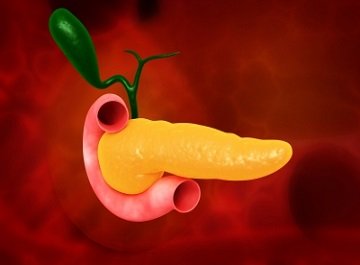Scientists develop a new 3D culture system for pancreatic cancer
January 02, 2015 | Friday | News | By BioSpectrum Bureau
Scientists develop a new 3D culture system for pancreatic cancer
Through this method, pancreatic tissue can be grown from laboratory mouse models and also from human patient tissue
Researchers at the Cold Spring Harbor Laboratory (CSHL) and The Lustgarten Foundation has developed a new model system to grow both normal and cancerous pancreatic cells in the laboratory. The team describes this new systema as a three-dimensional "organoid" culture system. Through this method, pancreatic tissue can be grown not only from laboratory mouse models, but also from human patient tissue, offering a path to personalized treatment approaches in the future.
The research was co-led by Mr David Tuveson, CSHL professor and director of research for The Lustgarten Foundation, and Mr Hans Clevers, professor and director of the Hubrecht Institute and president of the Royal Netherlands Academy of Arts and Sciences.
"With this development, we are now able to culture both mouse and human organoids, providing a very powerful tool in our fight against pancreatic cancer," said Mr Tuveson.
The organoids are entirely made up of ductal cells, eliminating the surrounding cell types that often contaminate samples from the pancreas. They grow as hollow spheres within a complex gel-like substance filled with growth-inducing factors and connecting fibers. Once they have grown to a sufficient size, the organoids can be transplanted back into mice, where they fully recapitulate pancreatic cancer.
The team is now working to create a repository of pancreatic tumor samples, coordinating with the National Cancer Institute. "We hope to make this available to the entire pancreatic cancer research community," said Mr Tuveson.










